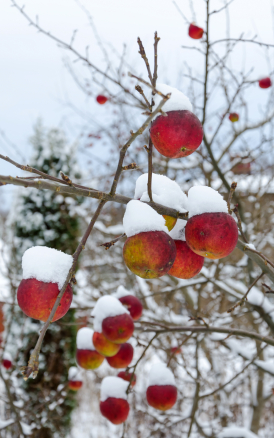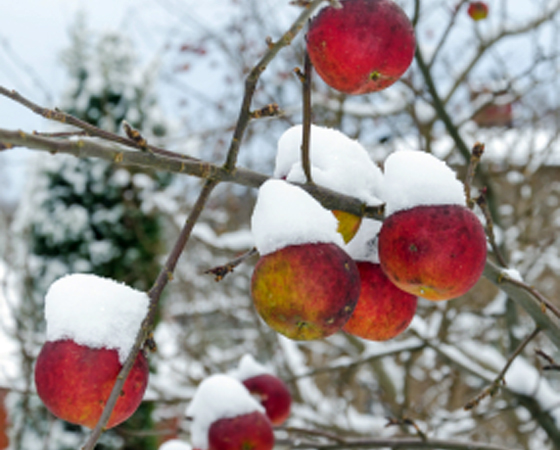 Slyboro Cider House lies in Washington County, right on the border of Vermont, and about an hour and a half drive straight north of Albany. Working the land of Hick’s Orchard (New York’s oldest “U-Pick” orchard, operating for more than 100 years), owner Dan Wilson and his team began tinkering with hard cider around 2001. Soon after those first early attempts, they met with the Cornell enology department and began getting serious; by better understanding fermentation, they were able to begin discerning the individual characteristics of the apple varieties on their farm.
Slyboro Cider House lies in Washington County, right on the border of Vermont, and about an hour and a half drive straight north of Albany. Working the land of Hick’s Orchard (New York’s oldest “U-Pick” orchard, operating for more than 100 years), owner Dan Wilson and his team began tinkering with hard cider around 2001. Soon after those first early attempts, they met with the Cornell enology department and began getting serious; by better understanding fermentation, they were able to begin discerning the individual characteristics of the apple varieties on their farm.
Not long after, during a fateful, summer trip to Quebec, Dan tried his first ice cider. He returned home with a vengeance and a mission. I recently interviewed him about his journey into producing his ice cider; a selection of offerings that are some of the finest expressions to be found in the US.
Historically, when did the production of ice cider start in the U.S.?
As far as I know, Slyboro Cider House was the second U.S.-based producer of an ice cider, after Eve’s Cidery. Our first release was in 2007, from apples pressed and frozen in 2005.
What time of year do you make it?
It all depends on the arrival of a period of deep cold (sustained night time temperatures in the low teens or colder, daytime temps in 20s or low 30s, to start). Most years that ice cider production is possible, that period comes in mid-January. In 2010, it came in mid-December. In 2009 and 2011 the winters were not cold enough for us to get the desired results.
How do you select which apples are bound for your normal cider offerings, and which go to the ice cider?
We are most interested in aromatics and sugar in the fruit. For us, the best varieties include late-season dessert varieties like Jonagold, Fed and Golden Delicious and Golden Russet. We like to include MacIntosh if there are any left. The milder acid in varieties like Northern Spy is a nice addition, but in moderation (we don’t need too much concentrated acid in the blend). Then, for complexity (and volume of cider needed!), we’ll throw in much of the rest of our supply of Mutsu, Empire, Liberty, Cortland, and Honeycrisp,
Walk me through the process of making ice cider…what are the steps?
Apples stored in cold rooms from the previous harvest season are pressed as fresh cider and transferred to large plastic totes and placed outside, on the shady, northern side of a barn. They are left to freeze completely, for up to three months. During this time the cider will go through several partial thawing and re-freezing episodes, following the trending weather cycles. This process causes the high-sugar fraction of the cider to descend to the bottom of the tanks, at which point we can draw off this “cryoconcentration” and move it to our fermentation tank. The minimum sugar concentration of a properly concentrated cider will be 27 brix, but some years, depending on the quality of apples and depth of cold, will get up to 44 brix. Our fermentation tank is temperature controlled, allowing us to warm the must for the initial phase of fermentation, cooling it to slow the ferment to a crawl, and then, importantly, to re-freeze the wine toward the end of fermentation to achieve the delicate finished balance of flavor, alcohol level, acid and residual sugar.
Three most important lessons you’ve learned?
1. I’ve learned to not just appreciate, but LOVE the winter cold!
2. The ability to make ice cider has added a new richness to my experience as an apple grower and cider maker, unlocking yet another little mystery about this farm and region and my trees.
3. The range of flavors in a well-made Ice Cider can range from warm, spicy baked apple to deeply wild and exotic tropical fruit. Who knew these apples were keeping such secrets?

